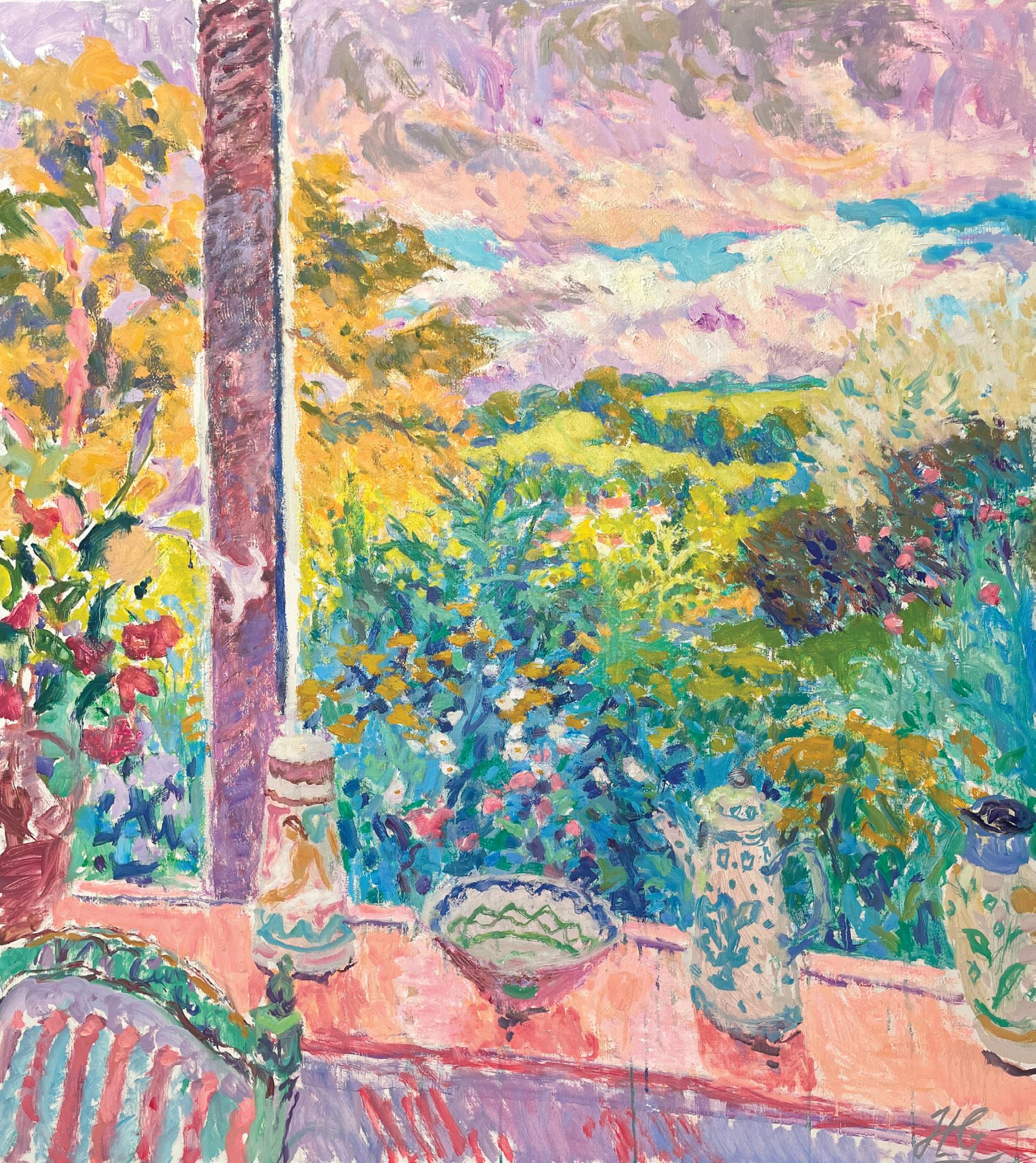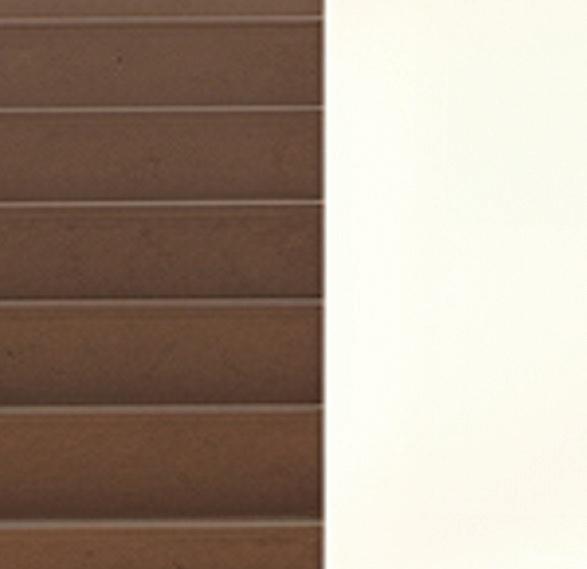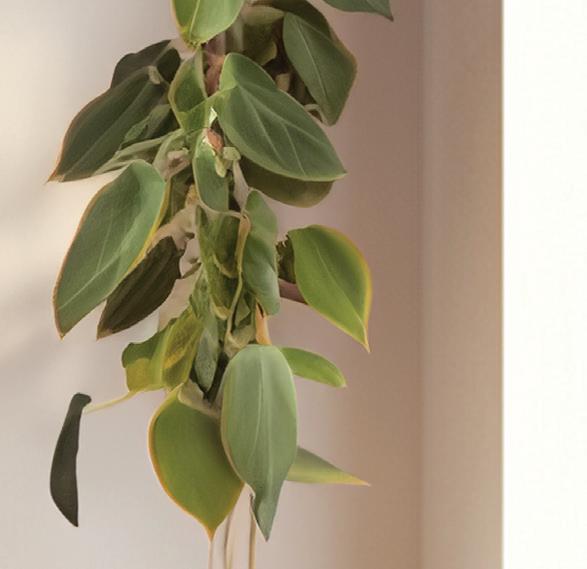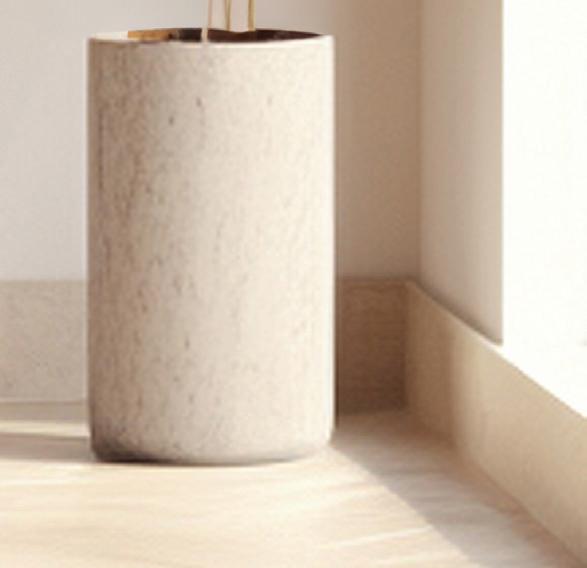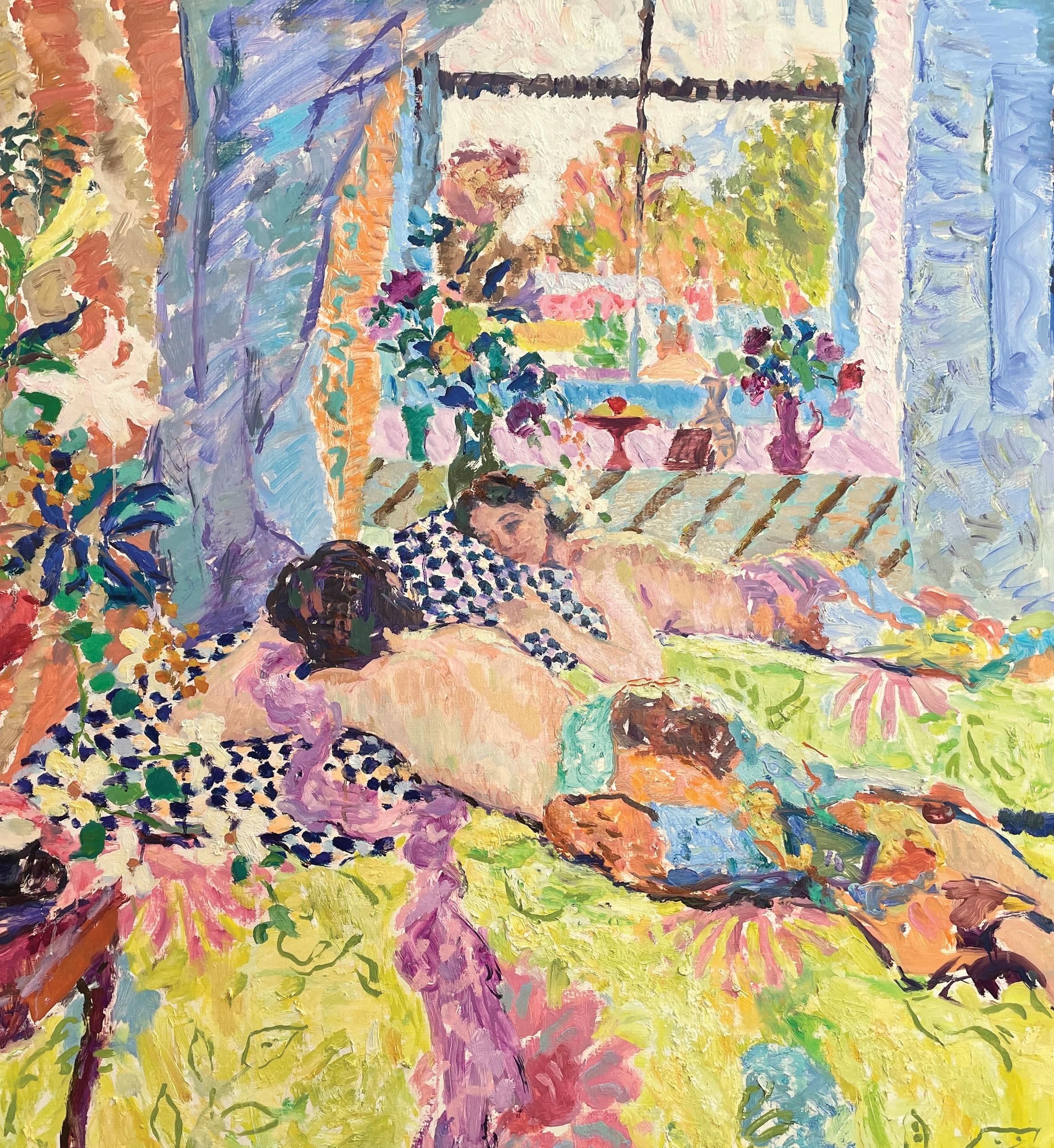

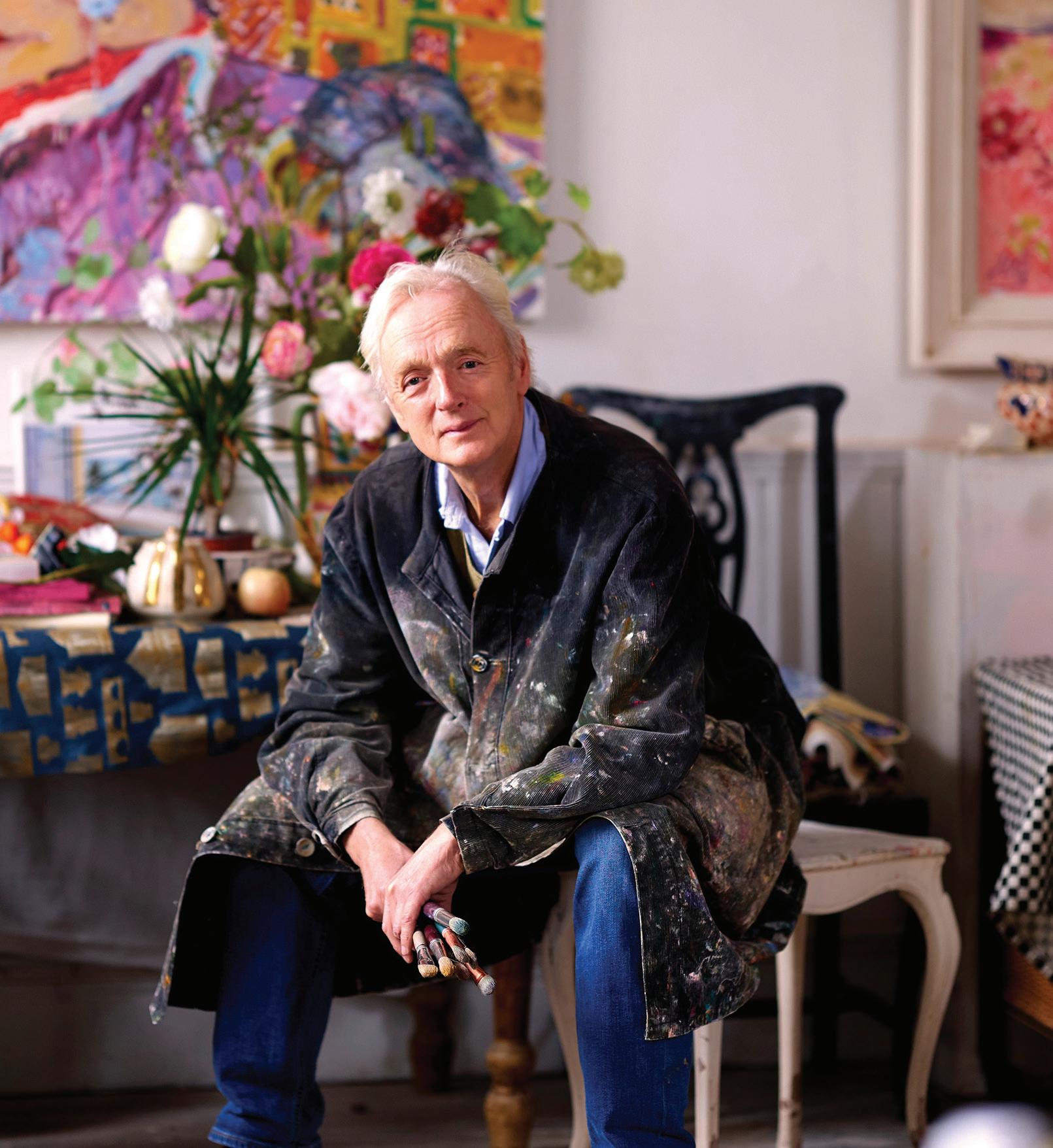
Hugo Grenville (b.1958)
Recognized today as one of Britain’s leading artists, Hugo Grenville passed through careers as a soldier and then an art dealer before turning full-time to painting in 1989. He had many solo exhibitions since his first in London in 1974, and his work hangs in many public and private collections internationally.
Grenville refers to himself as a romantic but acknowledges a fascination with pattern and color that places him in the tradition of Henri Matisse. The figures and the everyday objects that surround them in his paintings express his joy in life, light, and color. Less evident, but equally important, is a feeling of intimacy that recalls Matisse contemporaries, Pierre Bonnard and Edouard Vuillard. It is here that we see Grenville being influenced by the principles of Les Nabis - a group of young post-impressionists, avant-garde Parisian artists of the 1890s who influenced the fine arts at the turn of the century. One of the Les Nabis’ goals was to integrate daily life into their paintings and cover a flat surface with colors assembled in a certain order, as we see Grenville doing with such grace and sensitivity. Layers of feeling peel back to disclose a spiritual intensity. In the artist’s words, “the world around us becomes a poem revealing something about how it feels rather than how it looks.” Grenville also describes himself as a colorist. His palette is bright and jaunty: lemon yellow, violet, mauve, and pale blue are colors that appear regularly in his paintings. “The sea does not have to be the blue that you saw,” he explains. “It can be pink, or it might be red, or it might be violet. There is this sense that we can use color as a tool for linking the viewer with the emotional experience of being in the landscape.”
Several years ago, Grenville and his family moved from London to the “Red House” in Waveney Valley, Suffolk. The house, dating to 1650, still has a Georgian façade, beautiful old shutters, and many other period details, Grenville’s passion for color, so evident in his art, lead him to paint the interior peacock green, duck egg blue, and violet – bright, bold hues the Georgians would have used. The rooms of the “Red House” have provided the backgrounds for most of Grenville’s interior and still life paintings. He paints almost ceaselessly in his vast garden studio, which he shares in summer with his many students. In addition to teaching, he is a gifted lecturer with extensive knowledge of art history and a writer whose articles on painting appear regularly in The Artist Magazine.
The Valentine Card oil on canvas | 46 x 38 in.
FG© 141604

Artist Statement
This collection is an exploration of the way in which colour influences our feelings. We live surrounded by colour, in our homes, in the landscape, and perhaps at work too, but seldom do we have time to stop and consider its effect upon us. Why does a room observed in the blue-violet light of a summer dawn suggest a very different atmosphere to the same room lit by the golden light of a summer evening? As humans, we respond to colour from an early age, preferring a red shirt to a green one or a yellow one to a pink one. Colour works like music: it instantaneously chimes with our feelings and moods. Certain combinations evoke pleasure, others distaste. In this group of new paintings, I have used colour as one might use a key in music, as a way of setting the emotional tone of a composition, of communicating something inner through the arrangement of its harmonies.
As with all my work, the paintings seek to convey a spirit of contemplation, reflection and gentle joy found in the world around us, our houses, the streets of our hometowns, and the countryside. I am much moved by looking through windows, and many of the room interiors are designed to lead the viewer’s eye through the careful arrangement of shapes and into the outside world; sometimes, this device has the effect of cloaking the ordinary in a sort of otherworldliness so that the mind can wander freely into the pastures of the imagination. There is a similar effect where a mirror is used to reflect the figure: the interior space presented to the viewer presents an alternative version of reality, a kind of dreamworld, an Alice through the Looking-Glass experience.
The paintings largely fall into two groups: the landscapes composed from the terrace at Old Granary Cottage, my home, and the interiors, some with figures, designed in my studio. Although my vision is rooted in the tradition of English Romanticism, the way in which the paint is deployed is influenced both by a long immersion in European Post-Impressionism and by my more recent fascination with American Post-war painting. In the bigger pictures, the juxtaposition of flat and liquid areas of translucent colour, applied in fluid broad brush marks, with shorter, thicker impasto marks, probably owes more to the technique of de Kooning than it does to Matisse, even if the subject matter remains firmly domestic.
Sleeping Figure, Dreaming I oil on canvas | 60 x 42 in.

The Valentine Card (see page 2)
rests upon the stool, sitting on a pattern of chequered squares. If you follow the anemone up into the arrangement of flowers and leaves which dance around the central vase and descend towards the table. The green and turquoise leaves, and the violet vase, are cool colours which provide a vital contrast with the hot pinks of the background material, the orange surface of the table, and the yellow books.
Summer in the Aegean (see opposite page)
I love the Greek islands, and often travel there in the early summer, making small paintings en plein air. Then in the winter, when my unheated chapel studio is chilly and bleak, I set up a still life by the window, and working with my summer sketches all around me, imagine that I am still gazing contentedly onto an Aegean summer.



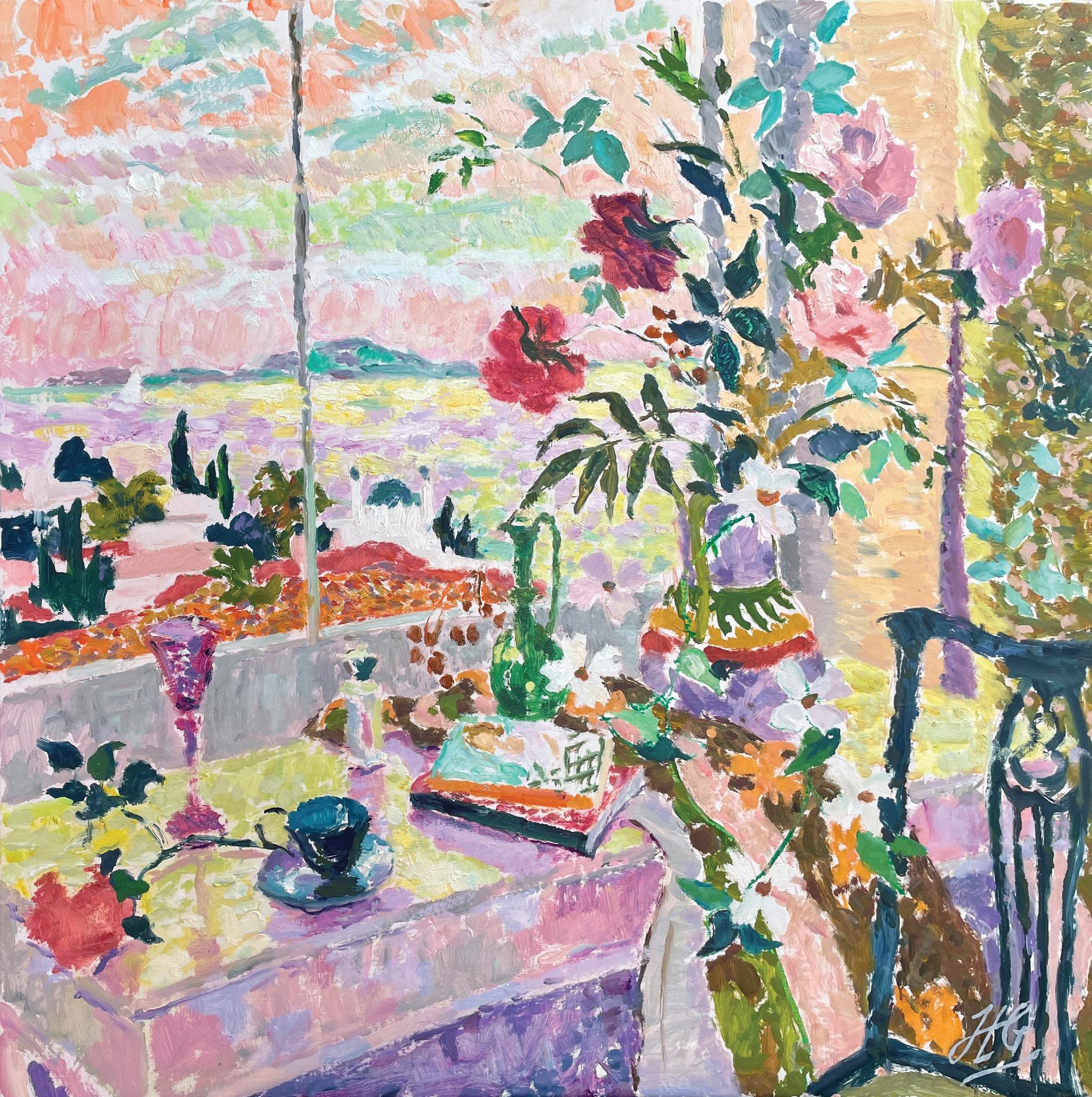
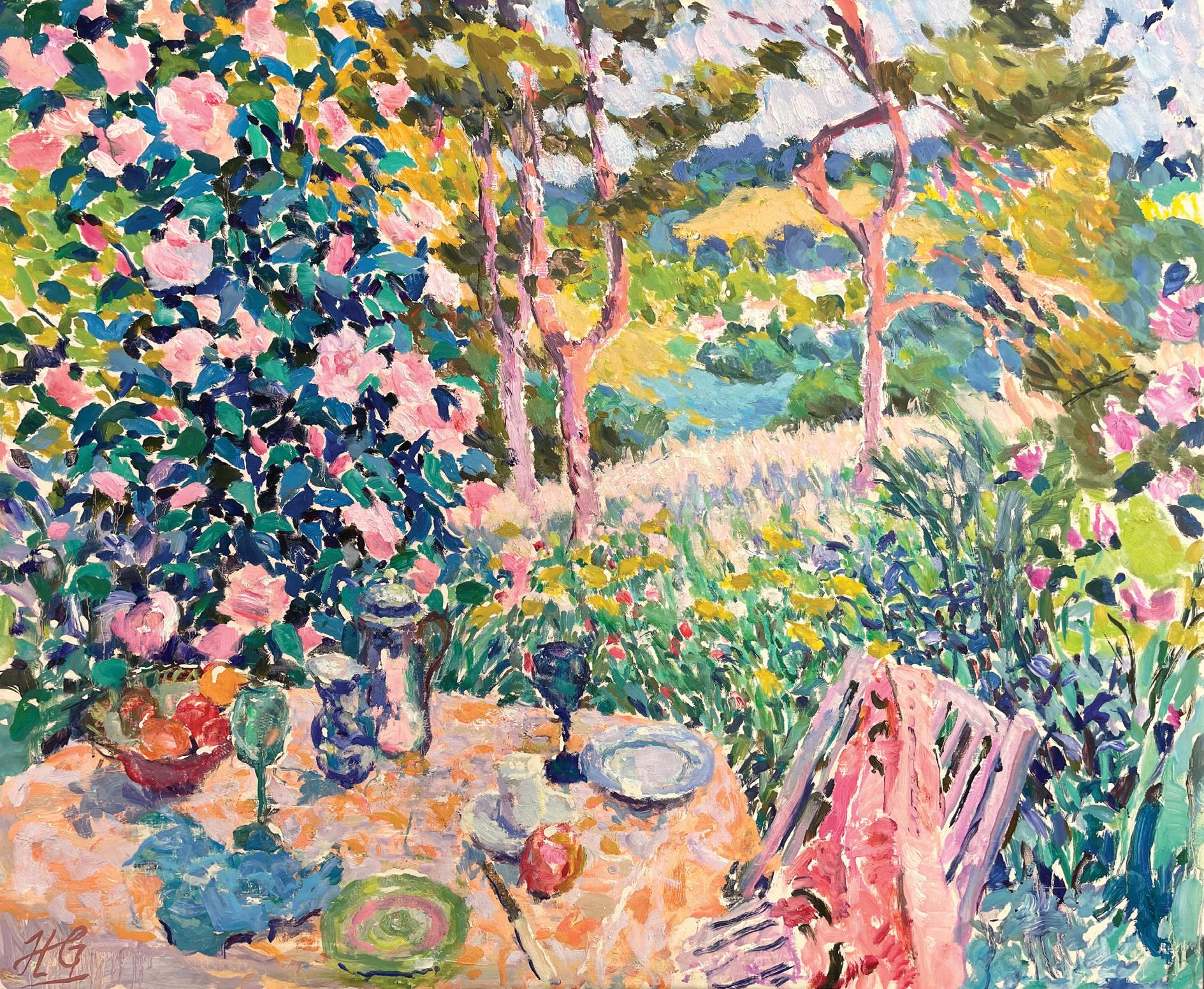
Put a living, breathing figure beside a patterned textile or a vase of flowers, and suddenly the inanimate object comes to life, it becomes something new. – Hugo Grenville

Dreams and Reflections I & II
(see page 13)
These two large figure subjects both describe the same room setting but at different times and in different ways. In both paintings, the figure reclines on a bed in the center of the composition, and the viewer’s eye is drawn along the diagonal from the bottom left corner, past the figure and into the outside world glimpsed through the window. Still, the very different colour palettes evoke different emotions. There is no primary blue in the first version of Dreams and Reflections and no primary red in the second.
Dreams and Reflections II oil on canvas | 48 x 54 in. FG© 141587


Hugo Grenville’s work may be informed by centuries of art history, from Botticelli’s idealization of beauty, to Patrick Heron’s love of textile, or Pollock’s celebration of the medium of oil paint, but he transcends all those to find an artistic expression that is entirely his own – canvases that capture the exuberance and timelessness of a romantic English vision. – Helen Rosslyn

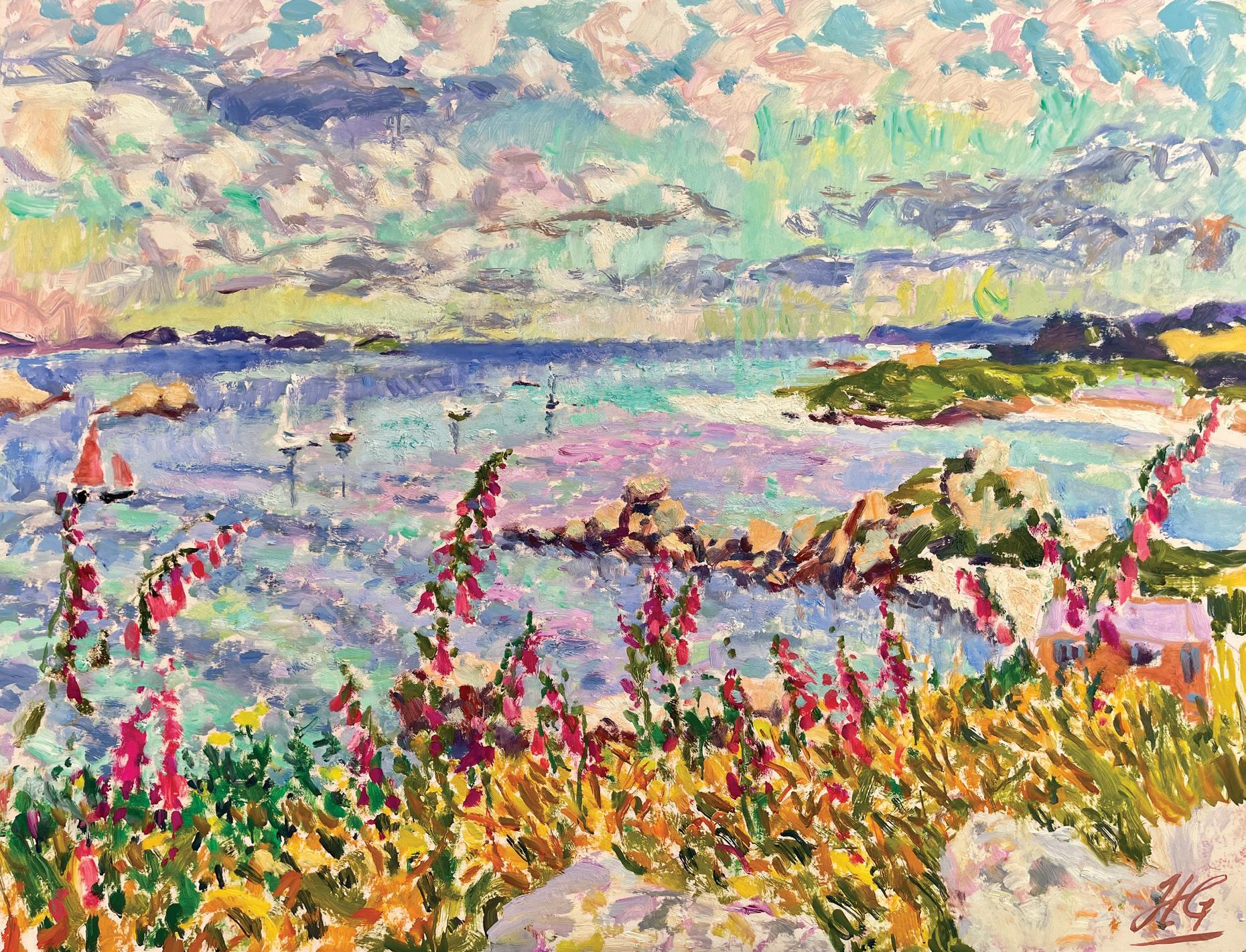
On the Banks of the Deben, June Afternoon | oil on canvas | 38 x 46 in. | FG© 140043
I love looking at the work of the great Post Impressionist painters, and I do often find inspiration in the clarity of their visions. I am indebted to three painters, Vuillard, Bonnard and Gaugin, who set me off on my path, and of course to Matisse for his glorious pattern-making, and to Klimt for his unashamed Romantic sensibility. – Hugo Grenville







